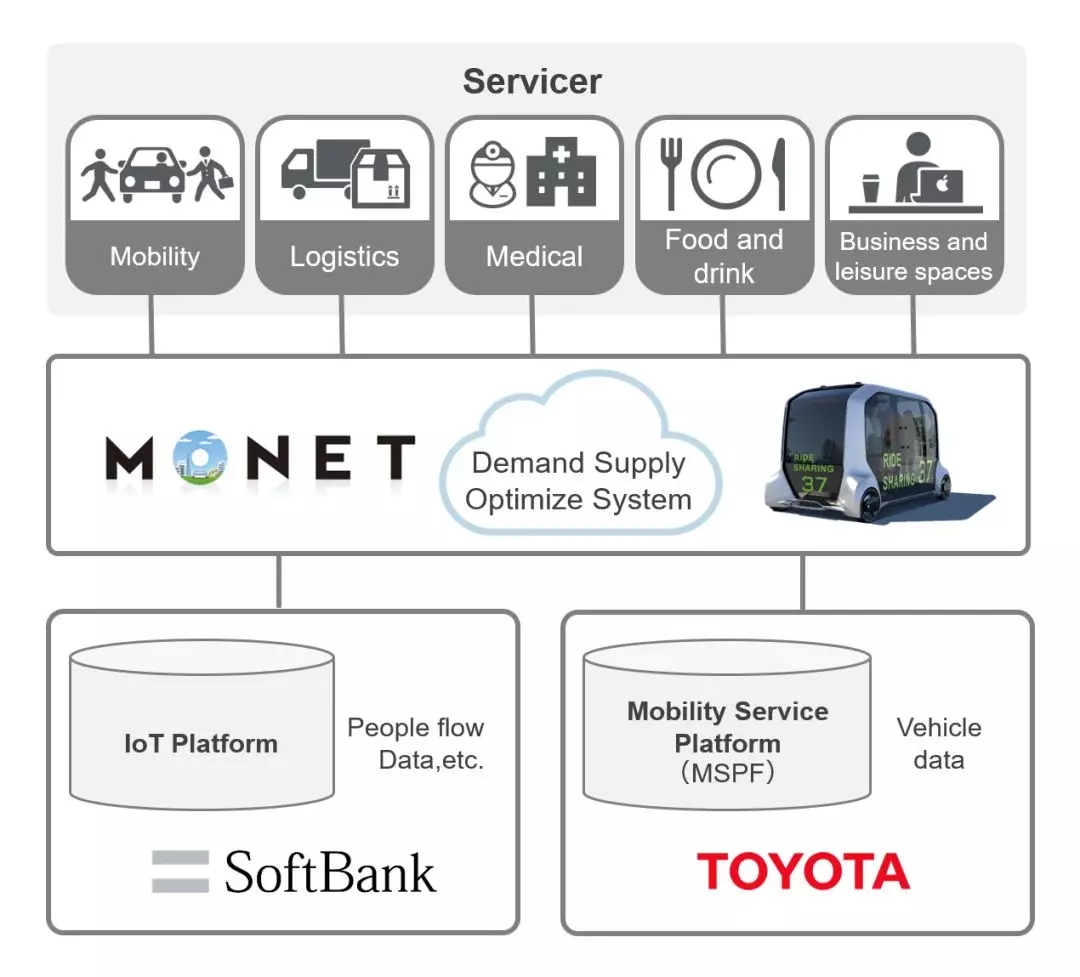|
Introduction: In the era of rapid technological advancements, ensuring the security of sensitive information has become paramount. Traditional cryptographic methods, although effective, face potential vulnerabilities due to the increasing computing power of adversaries. However, with the emergence of quantum cryptography, a new paradigm of secure communication has been introduced, leveraging the principles of quantum mechanics. This article explores the fascinating world of quantum cryptography and its potential to revolutionize data security. Understanding Quantum Mechanics: Quantum mechanics is the branch of physics that describes the behavior of matter and energy at the smallest scales. It introduces the concept of quantum states, where particles can exist in multiple states simultaneously, known as superposition. Additionally, it demonstrates the phenomenon of entanglement, where two particles become correlated and share information instantaneously regardless of the distance between them. The Principles of Quantum Cryptography: Unlike traditional cryptographic methods that rely on mathematical algorithms, quantum cryptography employs the fundamental principles of quantum mechanics to provide unconditional security. Two key concepts form the foundation of quantum cryptography: a) Quantum Key Distribution (QKD): QKD enables the secure distribution of cryptographic keys over long distances. It utilizes the principle of quantum superposition to send quantum bits or qubits, which can represent both 0 and 1 simultaneously. By encoding the encryption key into qubits, any eavesdropping attempts would disturb the qubits, alerting the legitimate users of potential intrusions. b) Quantum Entanglement: Quantum entanglement allows for the creation of shared secret keys between two parties. When entangled particles are measured, their states become correlated. This property enables the detection of any unauthorized attempts to intercept or tamper with the transmitted keys. Overcoming Security Weaknesses: Quantum cryptography offers several advantages over classical cryptography methods, primarily due to the properties of quantum mechanics. These include: a) Unconditional Security: Due to the laws of quantum mechanics, any attempt to intercept or measure qubits during transmission would disturb their quantum states, making it detectable by the legitimate users. Therefore, quantum cryptography provides unconditional security against eavesdropping attacks. b) Future-proofing Against Quantum Computers: Quantum computers pose a significant threat to traditional cryptographic algorithms, as they can solve complex mathematical problems at an astonishing speed. However, quantum-resistant encryption algorithms can be implemented in quantum cryptography systems to ensure long-term security. Practical Applications: Quantum cryptography has the potential to revolutionize various domains that require secure communication, including: a) Banking and Finance: Secure transmission of financial transactions, account details, and other sensitive information can be achieved through quantum cryptography, protecting individuals and organizations from cyber threats. b) Government and Defense: Sensitive government communications, military intelligence, and classified information can benefit greatly from the enhanced security offered by quantum cryptography. c) Healthcare: Patient data privacy, secure transmission of medical records, and clinical trials data can be safeguarded using quantum cryptography, ensuring confidentiality and integrity. Conclusion: Quantum cryptography represents a promising future for secure communication. By harnessing the principles of quantum mechanics, this cutting-edge technology offers unprecedented levels of security that are immune to computational attacks. As further advancements continue to be made, quantum cryptography is poised to become an integral part of our digital infrastructure, safeguarding sensitive information in an increasingly interconnected world.  |
